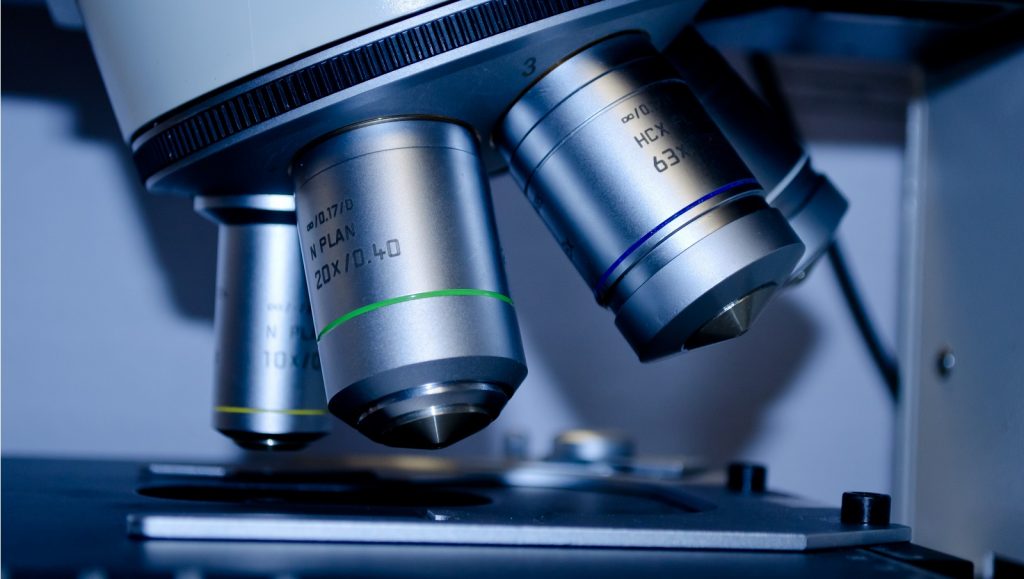OpenAI has launched GPT 5.2, a major model upgrade now available in both the API and ChatGPT. It is described as the company’s most…
5 of the latest advancements in nanotechnology

Nanotechnology is rapidly gaining traction across a range of industries, from agriculture to water treatment to energy storage. While nanotechnology was first developed in 1959 as a way of manipulating matter at the atomic and molecular level, it wasn’t until the early 2000s that it really began to flourish. Today, nanotechnology is one of the most innovative, cutting-edge areas of scientific study and it continues to advance at staggering rates.
From scientists at technology-focused companies and institutions like NASA or Lockheed Martin, to students pursuing a nanotechnology degree, leaders in nanotechnology are creating the latest breakthroughs in the field. These breakthroughs are primed for significant worldwide impact. Below are five examples of some of the most innovative nanotechnology advancements to date.
1. Health: Drug Delivery
Today, cancer patients have three treatment options: surgery, chemotherapy or radiation. While the methods vary, the goal for the three treatment options is the same: eradicate the targeted cancer cells with minimal damage to normal tissue.
However, according to the National Cancer Institute, “All three methods risk damage to normal tissue or incomplete eradication of the cancer.” For example, during chemotherapy, cytotoxic drugs are released to kill cancerous cells, but often kill healthy cells during the process. This process can result in side effects including hair loss, nausea, pain, nervous system effects, appetite loss and fatigue. Treatments and reactions vary from patient to patient, but these side effects are frequent and common in most cancer patients.
Nanoparticles for chemotherapy drug carriers have made some of the greatest advancements in cancer treatment. By using nanocarriers to treat patients, treatments can focus on targeting cancerous cells and limit the damage to healthy cells.
2. Agriculture: Crop Protection and Livestock Productivity
Currently, the world population is growing at 1.13 percent per year, with an estimated 7.4 billion people in the world today. Experts predict this number will continue to rise to more than 90 billion by 2050, with the largest population increase expected to occur in less developed countries (Population Reference Bureau). These predictions have world leaders, including the Food and Agriculture Organization of the United Nations, anticipating significant increases in food demand and rising pressure for healthy crops in developing countries.
In response to these growing population concerns, scientists in the nanotechnoloy and nanoagriculture fields are focused on determining how nanosized particles can increase crop and livestock productivity. While nanoagriculture is a more recent application of nanotechnology, the benefits are clear with its “potential to protect plants, monitor plant growth, detect plant and animal diseases, increase global food production, enhance food quality and reduce waste.” (Nanotechnology in Agri-Food Production)
3. Water Treatment: Safe Purification
According to the World Health Organisation, “2.6 billion people—half the developing world—lack even a simple ‘improved’ latrine and 1.1 billion people have no access to any type of improved drinking water.” This lack of access to clean, safe water poses dire health risks to much of the world’s population, including: death from diarrheal disease, schistosomiasis infection, and intestinal parasites.
Scientists and engineers are focused on applying nanotechology to resolve these issues and make water safe and purified.
4. Diseases: Early Detection
Nanotechnology applications for early disease detection are gaining a significant amount of traction and attention. Essentially, scientists are exploring the use of nanoparticles to raise a warning or “biomarker” if a cancerous tumor or other disease is found. Since these nanoparticles carry several peptides, in theory, it should send numerous biomarkers to indicate that a disease is present. Early detection of diseases like Alzheimer’s and cancer allows treatments and, potentially, a cure to begin sooner.
5. Energy Storage: Solar Power
Solar power is the future of energy storage, but it comes with a hefty price tag. As of 2014, solar energy accounts for less than one percent of electricity in the United States and it costs twice as much to produce compared to natural gas. Despite the costs associated with solar energy, the benefits are significant, including sustainability and low maintenance.
In an effort to accelerate solar power advancements, researchers are applying nanotechnology to solar energy. For example, nanoparticles “have been shown to enhance the absorption of light, increase the conversation of light to electricity, and provide better thermal storage and transport (National Nanotechnology Initiative).” With these advancements, nanotechnology has the potential to improve solar energy efficiency and reduce costs.
As today’s researchers continue to make significant advancements across a range of industries, the nanotechnology field is expected to make great strides in the near and long-term future. STEM-focused universities that offer nanotechnology degree programs provide students the opportunity to gain real-world experience and hands-on applied research, enabling the next wave of nanotechnology advancements.
Feature image: Public Domain Pictures/Pexels

